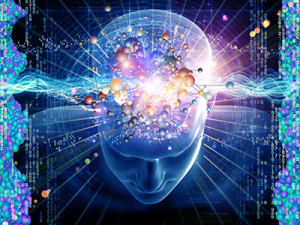
Working with mice, researchers at the University of Toyama were able to generate artificial links between unrelated pieces of information stored in memory, resulting in long-lasting changes in behavior. The work, published in in Cell Reports, may point the way to the development of new treatments for disorders such as PTSD, where the main symptoms arise from unnecessary associations between unrelated memories.
Study author Kaoru Inokuchi explained that the ability to learn associations between events is critical for survival, but it has not been clear how different pieces of information stored in memory are linked together by populations of neurons. In the new study, Inokouchi demonstrates how synchronous activation of distinct neuronal ensembles caused the mice to artificially associate the memory of a foot shock with the unrelated memory of exploring a safe environment, triggering an increase in fear-related behavior when the mice were re-exposed to the non-threatening environment.
These results suggest that co-activated cell ensembles become wired together to link two distinct memories that were previously stored independently in the brain.
“Memory is the basis of all higher brain functions, including consciousness, and it also plays an important role in psychiatric diseases such as post-traumatic stress disorder,” says Inokuchi. “By showing how the brain associates different types of information to generate a qualitatively new memory that leads to enduring changes in behavior, our findings could have important implications for the treatment of these debilitating conditions.”
Recent studies have shown that subpopulations of neurons activated during learning are reactivated during subsequent memory retrieval, and reactivation of a cell ensemble triggers the retrieval of the corresponding memory. Moreover, artificial reactivation of a specific neuronal ensemble corresponding to a pre-stored memory can modify the acquisition of a new memory, thereby generating false or synthetic memories. However, these studies employed a combination of sensory input and artificial stimulation of cell ensembles. Until now, researchers had not linked two distinct memories using completely artificial means.
With that goal in mind, Inokuchi and Noriaki Ohkawa used a fear-learning paradigm in mice with a technique called optogenetics, which involves genetically modifying specific populations of neurons to express light-sensitive proteins that control neuronal excitability, and then delivering blue light through an optic fiber to activate those cells.
In the behavioral paradigm, one group of mice spent six minutes in a cylindrical enclosure while another group explored a cube-shaped enclosure, and 30 minutes later, both groups of mice were placed in the cube-shaped enclosure, where a foot shock was immediately delivered. Two days later, mice that were re-exposed to the cube-shaped enclosure spent more time frozen in fear than mice that were placed back in the cylindrical enclosure.
The researchers then used optogenetics to reactivate the unrelated memories of the safe cylinder-shaped environment and the foot shock. Stimulation of neuronal populations in memory-related brain regions called the hippocampus and amygdala, which were activated during the learning phase, caused the mice to spend more time frozen in fear when they were later placed back in the cylindrical enclosure, as compared with stimulation of neurons in either the hippocampus or amygdala, or no stimulation at all.
The findings show that synchronous activation of distinct cell ensembles can generate artificial links between unrelated pieces of information stored in memory, resulting in long-lasting changes in behavior. “By modifying this technique, we will next attempt to artificially dissociate memories that are physiologically connected,” Inokuchi concluded.
Related:
Discuss this article in our forum
Significant success using Ecstasy to treat PTSD
Brain wave trajectories challenge area-specific notion of brain activity
Gene expression altered with meditation
Could “free will” arise from random brain noise?

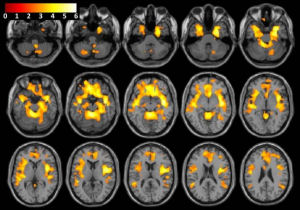
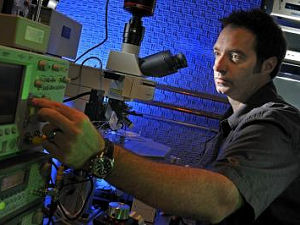

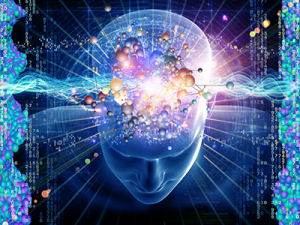
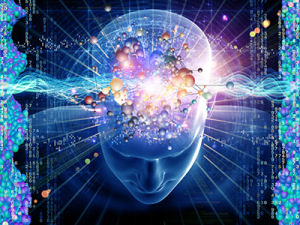
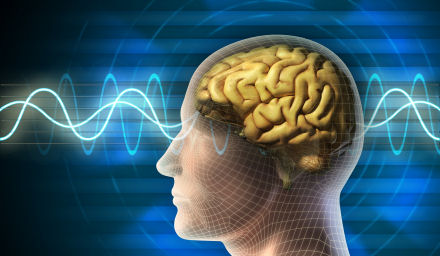

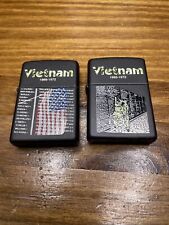
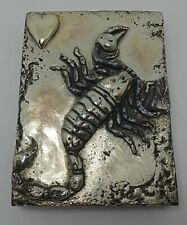
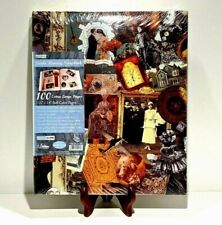
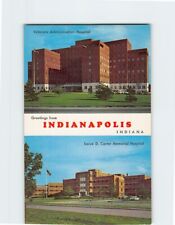


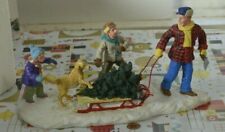


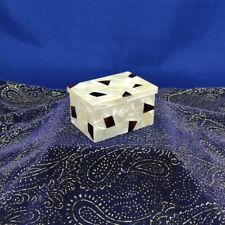
Comments are closed.